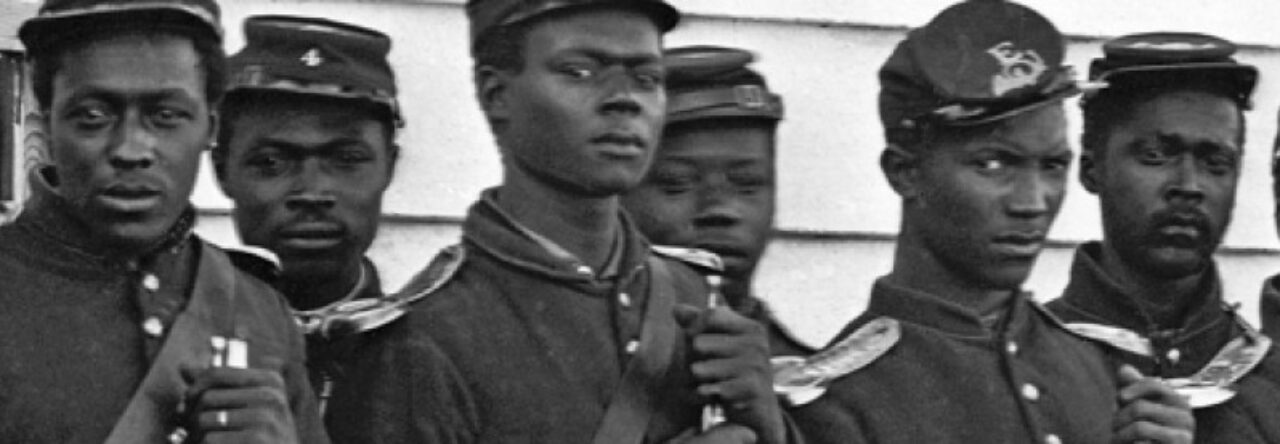Sorry… this isn’t a deeply introspective connection between the late Mr. King and the CW. I am thinking much more shallowly (there’s one for my Language Arts friends) about the famous video of his beating. Remember how obvious the issue seemed when we first saw it? But the case got more and more complicated as the trial progressed, enticing people to consider that what we saw wasn’t what actually happened, that seeing wasn’t believing and there was so much more to the incident. I don’t think my students would have followed such entreaties. What they see is what they see.
We may consider developmental stages, but regardless of that there is elegance in their distillation of causes… of course the CW was about slavery… like, duh.
But how was it about slavery? How can we prove it? Can we use the words of the central actors to establish the true causes of the war? Lincoln went there, at least in part, in his Second Inaugural:
“All knew that this interest was, somehow, the cause of the war. To strengthen, perpetuate, and extend this interest was the object for which the insurgents would rend the Union, even by war; while the government claimed no right to do more than to restrict the territorial enlargement of it.”
Then he went into the similarities of both sides, laying the groundwork for his renowned “charity for all”:
“Neither party.. Neither anticipated.. Each looked… Both read… and each invokes… but let us judge not… prayers of both… neither has been…”
Words expressing commonality, but words in common, too.
Despite the relentless nature of anywhere “content,” words matter. The right words impel people to fight, make love, vote, revolt, endear, die.
Here, though, I have a problem. Our 8th graders are now largely visual learners, and simply compelling them to parse historical texts is less effective than it has ever been. While I’ve heard the jargon of “differentiated instruction” and “learning styles” ad mortem, the reality is that my kids can’t read Lincoln. Really, they can’t derive much meaning from what they read, whether it is historical or contemporary. This is a generality, but it’s true enough to drive the organization of my classroom.
 To deal with the YouTube reality, I start with the importance of discrete words, then work my way up to quotes and passages, then to letters and documents. **
To deal with the YouTube reality, I start with the importance of discrete words, then work my way up to quotes and passages, then to letters and documents. **
Below are seven word clouds. The fonts, layout and colors are the same – purposefully. I ask kids to compare and contrast between the different clouds, and only at that point do I explain a bit about each. Once we find common words we can begin to get at causes.

Declaration of the Immediate Causes Which Induce and Justify the Secession of South Carolina from the Federal Union
**To this end we’ve started teaching basic Latin in our Language Arts classes, in an effort to better connect our kids to words. By the end of the year most of my kids could at least understand what I meant by, “casus belli.”







isaacbrooks
I agree that Lincoln’s language is tough for middle school students. Recognizing this, I take my seventh graders through Lincoln’s Cooper Union Speech paragraph by paragraph. But, though they have the text before them, I don’t have them read it.
Like with teaching Shakespeare, Lincoln’s speeches are meant to be heard, not read. This is crucial in reaching middle school students and hoping for comprehension. I read a sentence out loud—giving a lot of dramatic emphasis to the sentence and talk about individual words and phrases until I can see that my entire class gets it. I then paraphrase the gist of the paragraph to give my students about the contextual meaning of that part of the speech. It takes a full period, but it is so worth it!
We often feel that “spoon feeding” our students the difficult to ascertain meanings can be interpreted that they aren’t learning in a rigorous way. I prefer to look at it as a form of educational triage. We can teach close-reading of Civil War era text OR we can understand what that text actually says. For eighth grade (or seventh grade) students, both is not a reasonable goal. I chose the latter for Lincoln’s text. It was designed to reach a largely illiterate public who only were versed in the bible. It should reach our eighth(seventh) graders, too.
janeapplebee
Those word clouds are great – I just breezed past them first time but then went back and reread your thesis and looked again. Very good. I would mostly agree with you about reading primary sources with 8th graders. Whole documents, no way, with the exceptions of Gettysburg Address which is just so darn short and precise and the Constitution which many of them seem really to enjoy and want to engage with without me having to do much to convince them. I have found however that using short 1-2 paragraph excerpts taken from the primary source carefully chosen can be very effective.